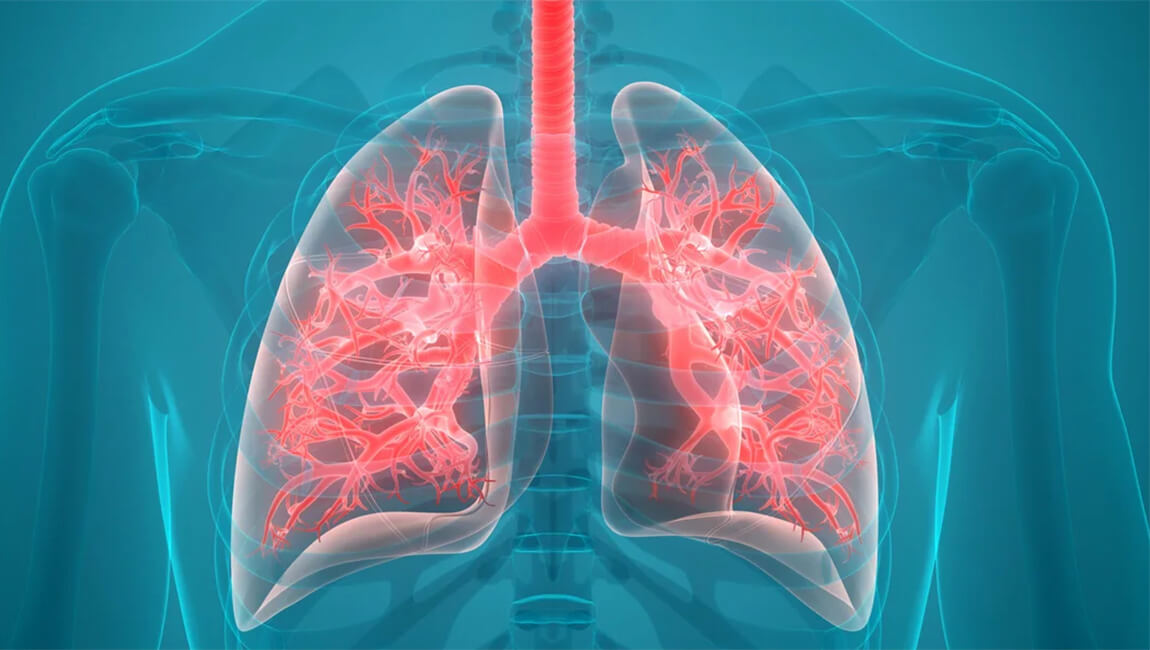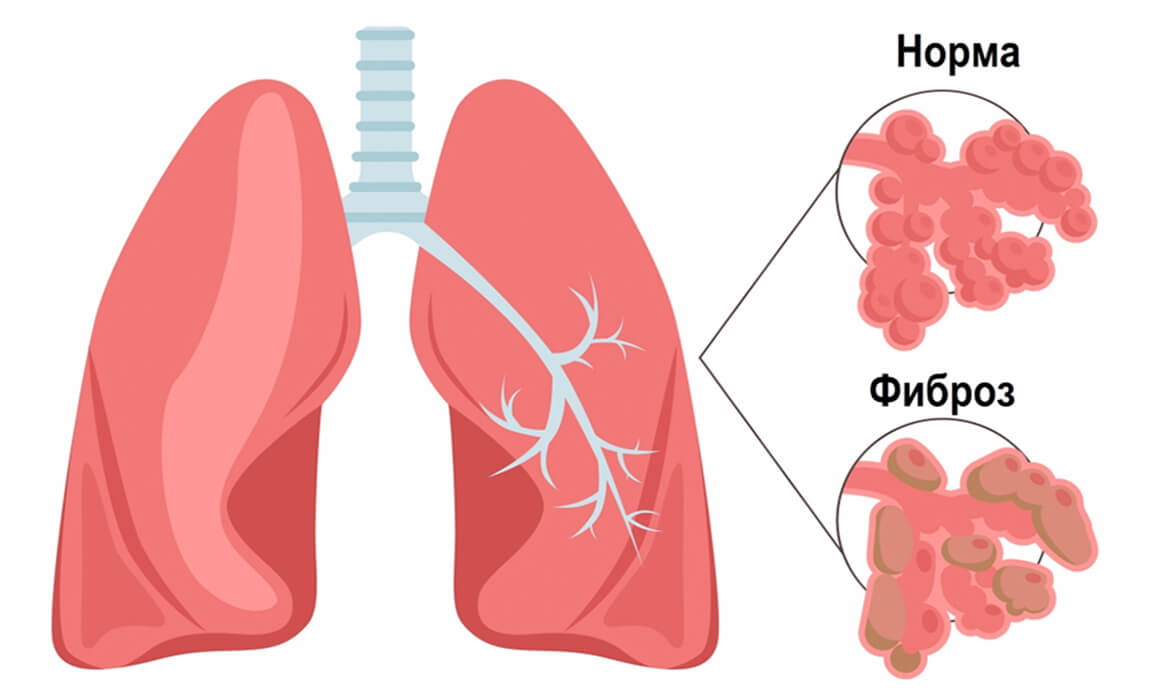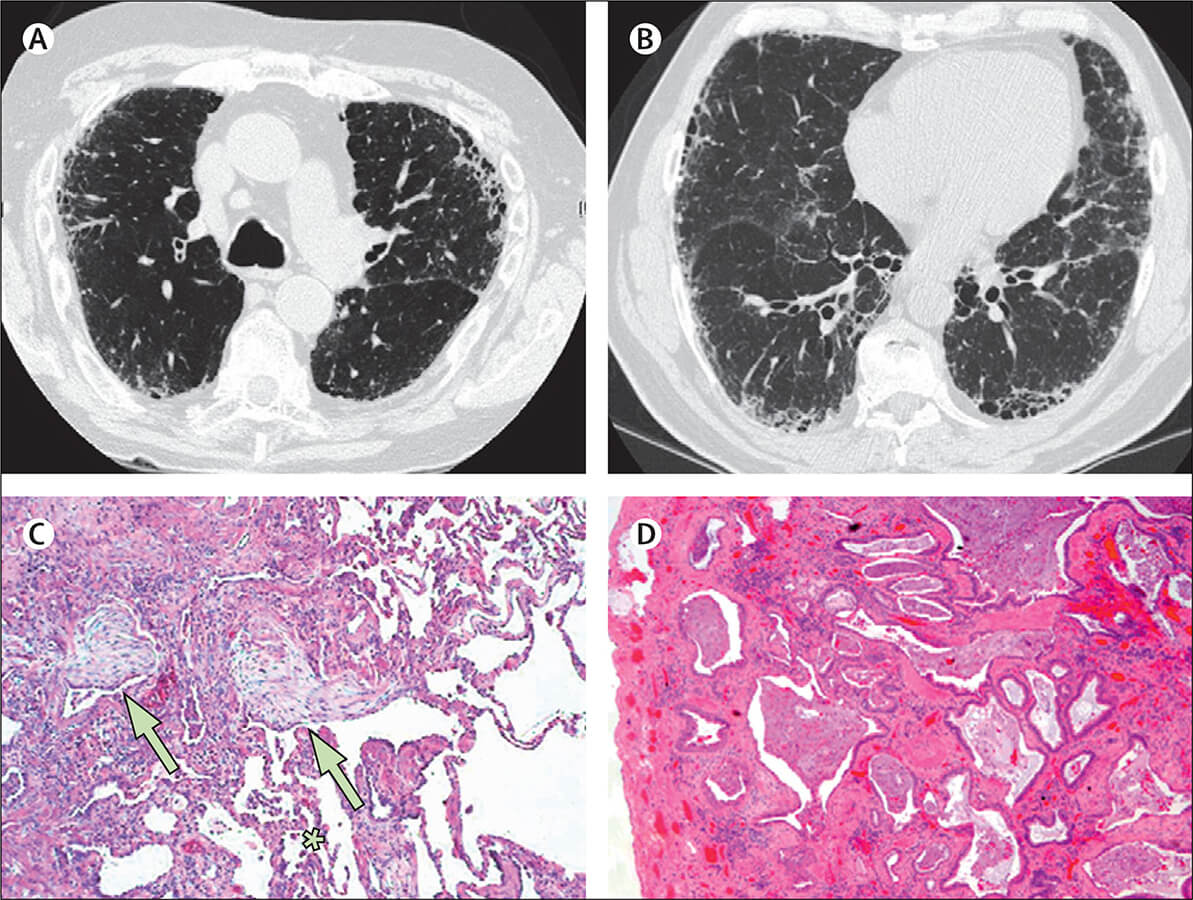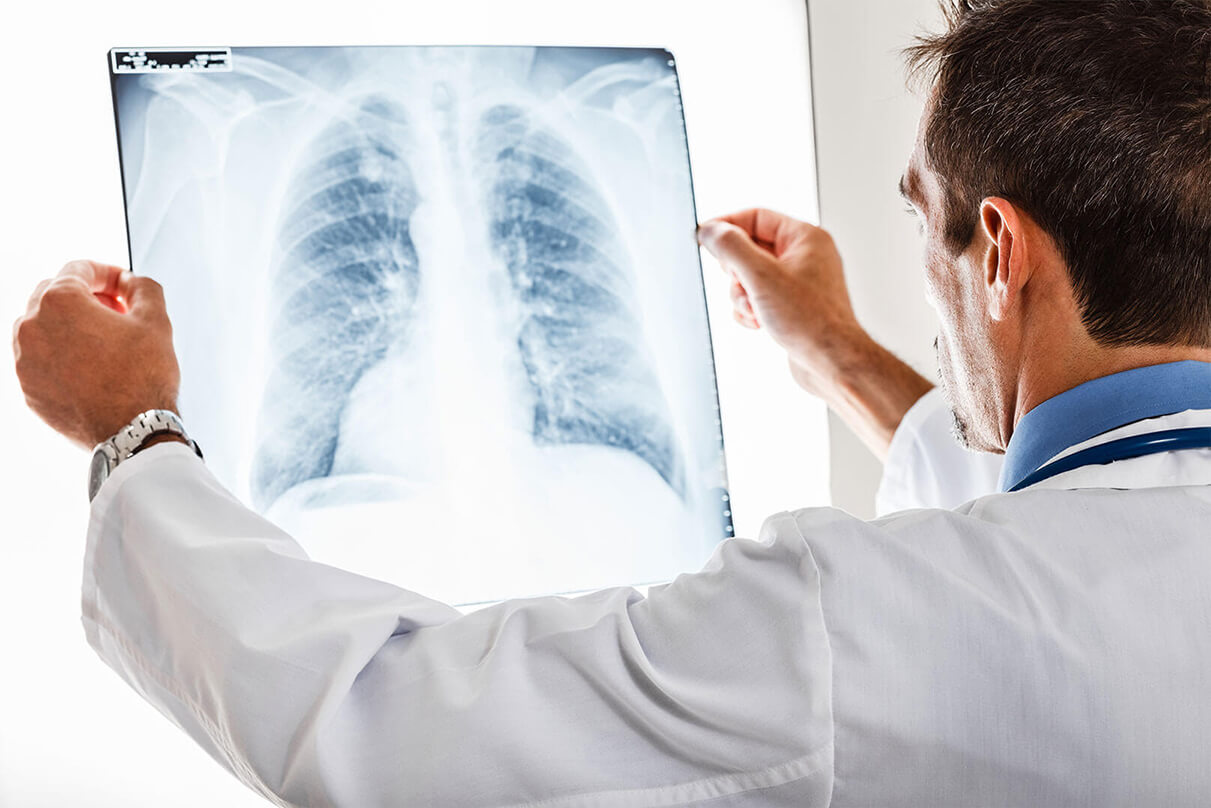Calls for Ukraine
Calls for Europe
Calls for USA

Pulmonary fibrosis is a rather complex disease of the respiratory system, in which connective tissue grows in the tissues of the lungs, replacing normal lung tissue and forming scars. This leads to the fact that the lungs lose their elasticity and cannot fully perform their job of supplying the body with oxygen.
With the progression of the disease, respiratory failure may develop, concomitant heart pathologies and other complications may occur. Cases where the pathological process affects large areas of the lung can lead to the death of the patient.
It is a progressive disease that is difficult to treat. To date, there is no cure for pulmonary fibrosis, which would allow you to get rid of the disease and completely restore tissue. However, modern methods of therapy are emerging that can significantly slow down the processes of tissue scarring.

It has been found that the development of lung tissue fibrosis can contribute to:
Among the factors that can significantly increase the likelihood of developing fibrotic changes in the lungs, one should also mention being in an atmosphere filled with dust of hard metals, asbestos fibers, grain, coal dust and other suspensions. In many cases, it is not possible to establish the causes of the development of pathology.
According to the features of localization, there are:
In addition, there may be:
When fibrosis develops, symptoms usually include:
Shortness of breath initially occurs only with physical exertion, but as fibrosis develops in the lungs, it becomes chronic. Cardiac symptoms other than tachycardia may include edema and other signs of cor pulmonale.

Fibrotic changes in the lungs can lead to dangerous complications. As the disease progresses, chronic respiratory failure appears. Tissues and organs receive less oxygen. Against this background, pulmonary hypertension, cor pulmonale may develop.
If nothing is done, the condition will worsen, which can cause disability and even death. Therefore, it is very important for this disease to consult a doctor as soon as possible and find an effective treatment.

To diagnose this disease, a comprehensive examination is used, which usually includes:
Also part of the diagnosis is a biopsy followed by the study of tissue samples taken.
Treatment tactics are usually aimed at stopping the process of replacing normal lung tissue with connective tissue. First of all, for this you need to establish the cause of the development of the disease and exclude the factors that provoke it. If tissue scarring occurs against the background of some diseases, then these diseases are treated. Drugs for pulmonary fibrosis are prescribed, which have anti-fibrotic and anti-inflammatory effects. It is also recommended to stop smoking, improve your lifestyle, and do breathing exercises.
In severe cases, if a large part of the lungs are affected and the disease progresses further, a lung transplant may be required. This is a rather complicated treatment, which is not carried out in all clinics and requires special qualifications of doctors. If you need a transplant, medical coordinators of MedTour will help you find the right medical center and have the operation performed by the best specialists.
In addition, there is a constant search for new methods of treatment of pulmonary fibrosis, which makes it possible to improve the condition by non-surgical methods.

Stem cell therapy is one of the newest and most promising methods of treating this pathology. To date, this technique is considered experimental and is used only in some clinics. It is still being improved and further researched, but we can already talk about its promising results. When using cell therapy, mesenchymal stem cells are used, which have pronounced regenerative properties, have a positive effect on the functioning of the immune system, and reduce the level of inflammation.
Studies have shown that the use of mesenchymal stem cells in fibrosis has a positive effect in several areas at once:
As a rule, stem cells are administered intravenously, although there are clinical studies that also show a positive effect with endobronchial infusions.
The degree of effectiveness of the application of the technique may differ depending on the stage of the disease and the characteristics of the organism, but in most cases it shows effectiveness. Already today you can use this innovative technology to fight the disease. Send us a request for a free consultation to find out more.
In order to avoid the development of this disease, you need to use protective equipment if you are in hazardous work or in contact with substances that can provoke scarring of lung tissue. It is also recommended to give up smoking and other bad habits. And be sure to consult a doctor in a timely manner if signs of diseases of the respiratory system appear.
You can contact the best foreign clinics dealing with the treatment of diseases of the respiratory system, and get to the doctors who specialize in this disease, use the most effective methods and show good results. Medical coordinators of MedTour will help you choose a medical center where you will find the best treatment, taking into account the individual characteristics of the course of the disease and the state of health.
You have the opportunity to consult on the use of cell therapy in pulmonary fibrosis with the doctor Andriy Kovalchuk, PhD, surgeon, specialist in the use of cell therapy. During the online consultation, you can ask Dr. Kovalchuk all your questions about the use of stem cells.
How long can a person with pulmonary fibrosis live?
It all depends on the form, stage and activity of the disease. In some cases, the disease develops very quickly, in others – rather slowly. Previously, without the use of drugs that inhibit the formation of scars, approximately 50% of patients lived with such a diagnosis for up to 3 years. Modern methods of treatment can slow down the scarring of tissues and significantly increase life expectancy.
What happens if fibrosis is not treated?
If nothing is done, against the background of scarring of lung tissue, respiratory and secondary heart failure will develop. With the active development of the pathological process, this can lead to rapid disability and death.
How safe is the use of stem cells?
Studies show that the use of mesenchymal stem cells is quite safe. This procedure is well tolerated by patients and does not give any serious side effects. In some cases, there may be a feeling of fatigue, chills and other deterioration in well-being, but usually everything goes away within 1-2 days.
Please rate the work of MedTour
